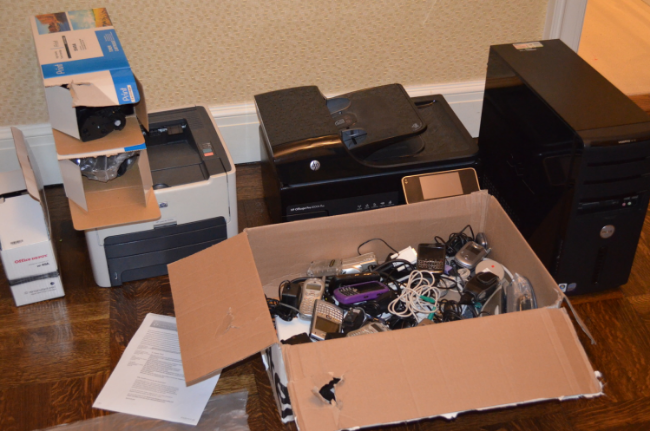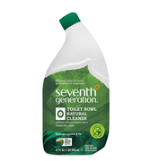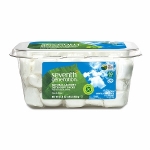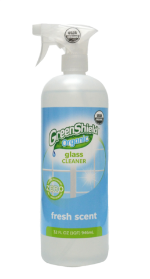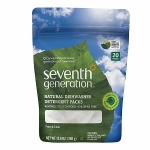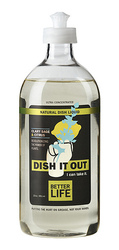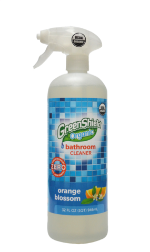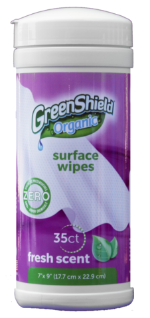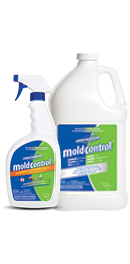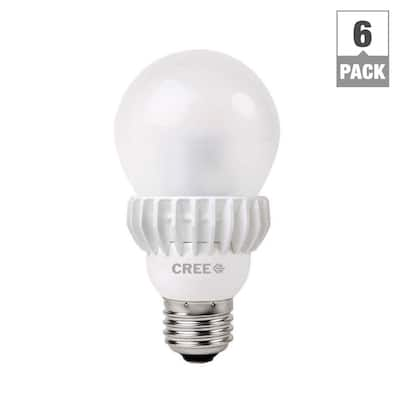Both of our printers died recently. Our workhorse laser printer, which started the 21st century on my desk, finally gave up the ghost, as did my multifunction inkjet printer. When I crawled under the desk to unplug everything, I rediscovered an old desktop computer that I had decommissioned earlier this year. And when I opened the “computer stuff” box to put away the cables, I found a couple of old cell phones and their chargers.
If you’re like me, you know you shouldn’t throw old electronics away in your garbage (in fact, more than half of the 50 states have e-waste recycling laws), but if you don’t know what to do with the products at the end of their lives, you end up with a junkyard of old equipment cluttering your closets and drawers. By the time we scoured our home for e-waste, we had amassed a carload of computer equipment, empty toner cartridges, cell phones and cables.
When cell phones, computer monitors and other e-waste are discarded into landfills, they risk contaminating soil and groundwater with lead, bromine, mercury, arsenic, cadmium and other toxic chemicals. And because of rapid obsolescence, the amount of e-waste our society generates is accelerating. In “Electronic Waste Management Approaches: An Overview” published in the scholarly journal Waste Management, the authors, Kiddee, Naidu and Wong cite proper collection and recycling of e-waste as one of several strategies that are key to successful e-waste management.
So, with this in mind, I set off last weekend to find a place to properly dispose of my trove of obsolete electronics. My daughter, my nephew and I loaded up the car and made our way across the Brooklyn Bridge to the Gowanus E-waste Warehouse run by the Lower East Side Ecology Center.
The Gowanus E-waste Warehouse is a vast warehouse filled with unwanted electronic equipment.
New electronics, like overstocked chargers still in their packaging, are sold in the warehouse store, as are movies, video games and refurbished electronics.
“Vintage” pieces are cataloged and held in an area where they can be rented as props for movie or theater productions.
Decommissioned computers and phones are boxed or shrink-wrapped on pallets and sent off-site for recycling.
The Lower East Side Ecology Center guarantees data security regardless of whether the donated equipment is recycled or reused.
The Ecology Center’s electronic waste program has been operating since 2003. The organization explains, “According to the E.P.A., electronic waste contributes 70% of the toxins found in landfills, while only contributing 1% of the volume of materials in landfills…Recycling your electronic waste decreases energy and water use, reduces pollution, and keeps hazardous chemicals out of our air and water. Reusing unwanted electronics offers even bigger environmental benefits along with social benefits: creating local jobs and making technology accessible to people who might not be able to purchase new computers.”
If you reside in the New York City area, consider dropping off your e-waste at the Gowanus warehouse. If that’s not convenient, the program offers events throughout the city. Click here to see the Lower East Side Ecology Center’s Event Calendar (or here to learn about the 12th annual “After the Holidays” E-Waste Collection Series). And if you live elsewhere in the country, check out the US EPA’s eCycling web resources to learn about regional and state ecycling programs near you.
As you gear up for Thanksgiving, consider gathering up all of your electronic waste and taking it to a recycling center. Or, if you have children, ask their school’s sustainability club or department to host a school-wide e-waste recycling drive.
Let’s give thanks to our planet by keeping these materials out of the waste stream!

